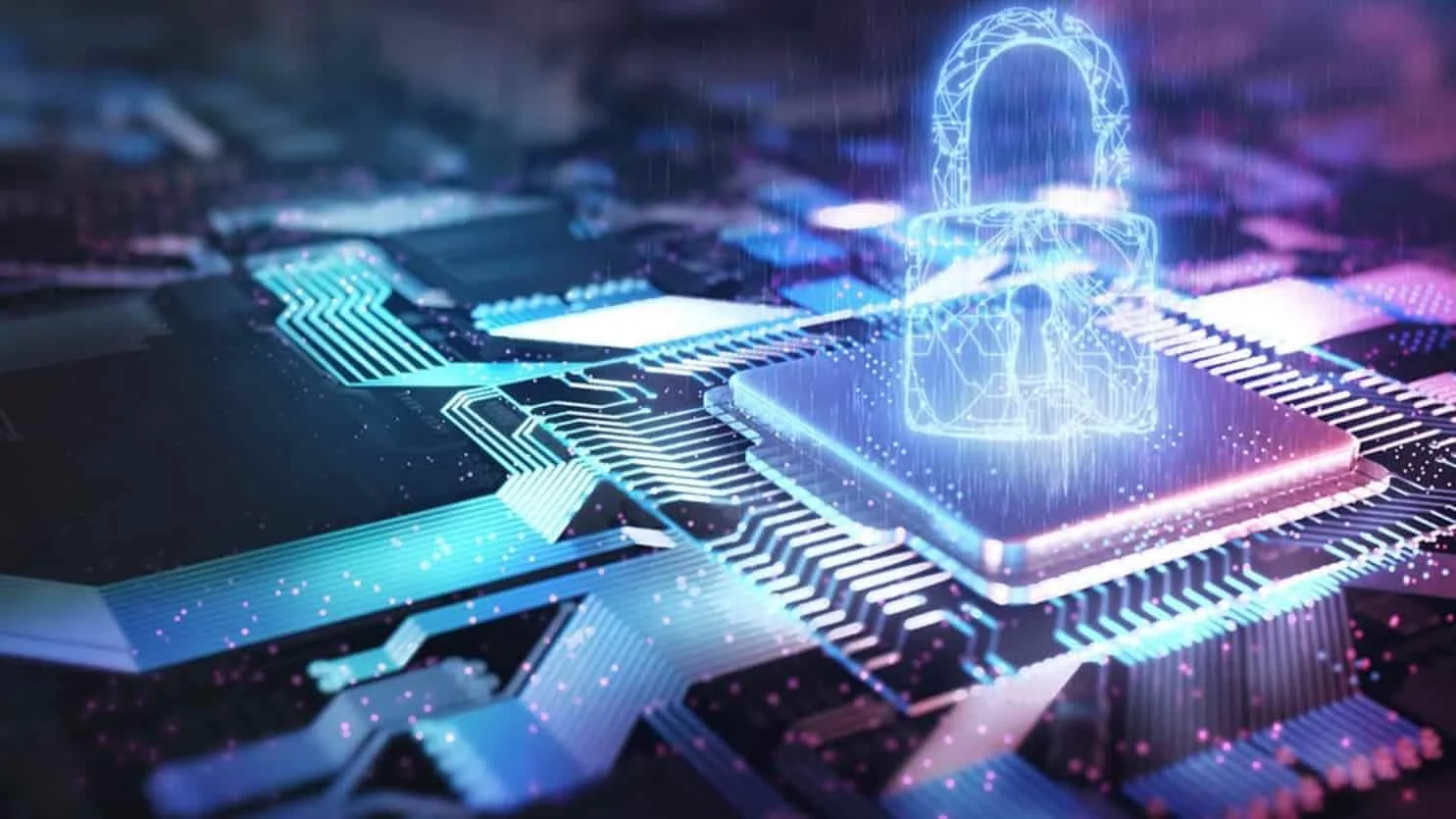In a world where artificial intelligence is becoming increasingly powerful and ubiquitous, a new threat has emerged: hacking AI. The race is on to build defenses against hacking artificial intelligence with governments, corporations, and security experts working around the clock to develop new technologies and strategies to protect against this growing cyber threat.
It is projected that the global market value for AI will surpass $267 billion by 2027, and the technology is predicted to boost the global economy by $15.7 trillion by 2030.
As the threats continue to evolve and grow in sophistication, it’s clear that the battle against hacking AI will be a long and difficult one. With so much at risk – from financial data to national security – the world simply cannot afford to let hackers win.
As we continue to build the defenses of tomorrow, one thing is certain: the future of cybersecurity will be defined by our ability to stay one step ahead of hackers, no matter how advanced their tools may become.
Imagine if a self-driving car could be deceived into ignoring stop signs, or a medical scanner powered by AI was deceived into providing an inaccurate diagnosis. What if an automated security system could be manipulated to allow unauthorised access, or perhaps not even detect the presence of an individual?
Given our increasing dependence on automated systems to make critical decisions, it is imperative that we ensure AI systems cannot be tricked into making incorrect or hazardous choices.
The ramifications of faulty AI systems could range from widespread urban traffic jams to the disruption of essential services, both of which would be highly visible. However, there are other, less obvious AI system malfunctions that could lead to even more significant issues.
Concerns About Attacks On Artificial Intelligence – AI
While fears of cyberattacks have long been a concern, a new and more insidious threat has emerged: attacks on artificial intelligence. The consequences of these attacks are potentially catastrophic, as the very algorithms that drive our modern world can be easily tricked by imperceptible changes, leading to disastrous misclassifications.
Although concerns about AI attacks are not new, there is an increasing awareness of how deep-learning algorithms can be deceived by making minor adjustments that are impossible to detect resulting in the misclassification of the object under examination by the algorithm.
Experts have long warned of the dangers of attacks on AI, but the situation has now become even more dire. The rise of deep-learning algorithms has given attackers new and powerful tools to manipulate the technology that powers our daily lives.
By making slight and nearly invisible modifications, attackers can easily throw AI systems off course, leading to devastating outcomes.
Professor of numerical analysis at University of Edinburgh’s School of Mathematics Desmond Higham says to think of the AI system as a box that makes an input and then outputs some decision or some information
“The aim of the attack is to make a small change to the input, which causes a big change to the output,” says Professor Higham
He warns this isn’t just a random perturbation; this imperceptible change wasn’t chosen at random. It’s been chosen incredibly carefully, in a way that causes the worst possible outcome.
“There are lots of pixels there that you can play around with. So, if you think about it that way, it’s not so surprising that these systems can’t be stable in every possible direction.” he said
The world stands at a crossroad. Will we succumb to the forces of darkness, allowing our very future to be shaped by malicious attackers? Or will we rise to the challenge, developing the tools and technologies necessary to protect ourselves from this new and deadly threat?
The fate of humanity rests in the balance as we continue to grapple with the dangerous and ever-evolving world of AI attacks.
AI In Todays World
The real-world manifestation of AI security issues is already evident. One such example is the recent surge in popularity of AI art generators.
These generators utilise a few of your photos to create a range of artistic profile pictures that you can use on social media. However, these systems are trained on millions of images found on the internet and have the ability to produce new images across various genres.
ChatGPT Becomess An Interesting Challenge Ahead For AI.
The chatbot has taken the world by storm and demonstrated how AI can revolutionize everything from programming to essay writing. However, its ascent has also exposed the imperfections of AI, despite our desire for it to be flawless.
For instance, early users of the Bing Chat powered by ChatGPT managed to carry out a “prompt injection” attack with ease, thereby prompting the chatbot to disclose its codename (Sydney) and the rules governing its behavior.
Additionally, as early users continued to put the chatbot through its paces, they found themselves disputing facts with it or engaged in increasingly bizarre and unsettling conversations. It comes as no surprise, then, that Microsoft has made adjustments to the chatbot to curtail some of its more peculiar responses.
AI’s Boost In Security
In the realm of cybersecurity, artificial intelligence is assuming an increasingly critical role, both for good and bad purposes. By harnessing the latest AI-driven tools, organisations can enhance their ability to identify threats and safeguard their data and systems against malicious actors. However, cybercriminals can also exploit AI technology to execute more sophisticated attacks.
AI is utilised in a range of product categories, including antivirus/antimalware, data loss prevention, fraud detection/anti-fraud, identity and access management, intrusion detection/prevention systems, as well as risk and compliance management.
Co-leader of the cybersecurity, data protection & privacy practice at law firm Pillsbury Law Brian Finch says until now the use of AI for cybersecurity has been somewhat limited.
“Companies thus far aren’t going out and turning over their cybersecurity programs to AI and That doesn’t mean AI isn’t being used. We are seeing companies utilise AI but in a limited fashion,”
“Most interestingly we see behavioral analysis tools increasingly using AI,” says Finch. “By that I mean tools analysing data to determine behavior of hackers to see if there is a pattern to their attacks — timing, method of attack, and how the hackers move when inside systems. Gathering such intelligence can be highly valuable to defenders.”
According to NATO Artificial intelligence (AI) is playing a massive role in cyber attacks and is proving both a “double-edged sword” and a “huge challenge,
NATO’s Assistant Secretary-General for Emerging Security Challenges, David van Weel says “Artificial intelligence allows defenders to scan networks more automatically, and fend off attacks rather than doing it manually. But the other way around, of course, it’s the same game,”
In 2022 NATO said that a cyber attack on any of its member states could trigger Article 5, meaning an attack on one member is considered an attack on all of them and could trigger a collective response.
While AI-powered tools can enhance the ability to identify and safeguard against potential threats, it is important to note that cybercriminals may also leverage this technology to conduct frequent attacks that can be exceedingly challenging to mitigate due to their sheer volume.
“AI can be used to try and break into networks by using credentials and algorithms to crack systems so trying to solve the combinations “is a huge challenge,” says David van Weel
Weaponising Artificial Intelligence
AI manipulation can be a straightforward process with the right tools at hand. AI systems are constructed on the basis of data sets utilised for their training, and the slightest of changes to the input data can lead to a gradual deviation in their performance.
Even minor modifications to the input data can lead to system malfunctions, ultimately revealing its vulnerabilities.
Furthermore, hackers can exploit AI systems through reverse engineering to gain access to sensitive data sets used for training. This access allows them to execute a range of actions, virtually without limitations.
In addition, cybercriminals can exploit AI in identifying and selecting vulnerable networks, devices, and applications to escalate their social engineering attacks. AI has the capacity to detect patterns in behavior and reveal personal vulnerabilities, making it easier for hackers to target and exploit opportunities to access sensitive data.
Moreover, AI has become a tool of choice for cybercriminals in social media platforms, emails, and phone calls. With the creation of deepfake content, disinformation can be spread through social media, luring users to click phishing links and fall into traps leading to significant security breaches.
As AI becomes more advanced, there is a growing risk that it could be used to break into systems and networks with unprecedented speed and efficiency. Cybersecurity firms and experts are therefore racing to build defenses against hacking AI, using advanced technologies such as machine learning and behavioral analytic







